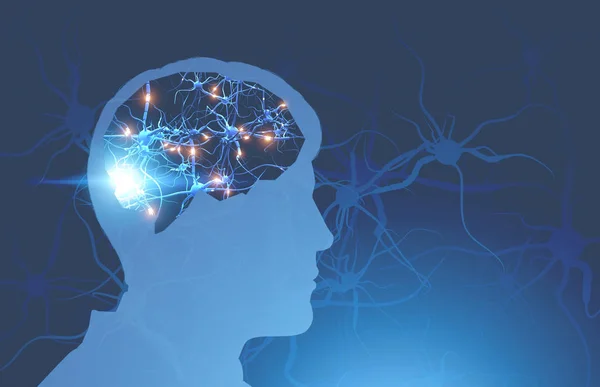The human brain is an intricately complex organ consisting of billions of neurons and trillions of synapses that facilitate communication between neurons. This network of synapses is responsible for various brain functions, including memory, cognition, and emotions. However, as people age or in the case of neurodegenerative diseases like Alzheimer’s, the number of synapses decreases, making the study of synapses crucial for understanding brain health. Until recently, researchers faced limitations in observing the dynamics of synapse structures in real-time.
On January 9, a breakthrough study led by Professor Won Do Heo from the KAIST Department of Biological Sciences, Professor Hyung-Bae Kwon from the Johns Hopkins School of Medicine, and Professor Sangkyu Lee from the Institute for Basic Science (IBS) introduced a groundbreaking technique for real-time observation of synapse formation, extinction, and alterations.
The research team employed a technique called SynapShot, which involved the conjugation of dimerization-dependent fluorescent proteins (ddFP) to synapses. This allowed them to observe the process of synapses creating connections between neurons in real-time. With SynapShot, the team successfully tracked and observed the live formation and extinction processes of synapses, as well as their dynamic changes.
In collaboration with Professor Sangkyu Lee at IBS, the team designed SynapShot to emit green and red fluorescence, enabling the identification of synapses connecting different neurons. Additionally, by combining an optogenetic technique that uses light to control the function of molecules, the researchers were able to observe changes in synapses while simultaneously inducing specific neuronal functions.
Further collaboration with the team led by Professor Hyung-Bae Kwon at the Johns Hopkins School of Medicine involved conducting experiments on live mice. The team induced various situations, such as visual discrimination training, exercise, and anesthesia, and used SynapShot to observe real-time changes in synapses during each scenario. This marked the first instance of observing synapse changes in a live mammal.
Professor Heo expressed excitement about the research, stating, “Our group developed SynapShot through collaboration with domestic and international research teams and have opened up the possibility for first-hand live observations of the quick and dynamic changes of synapses, which was previously difficult to do. We expect this technique to revolutionize research methodology in the neurological field and play an important role in brightening the future of brain science.”
The research, led by co-first authors Seungkyu Son (Ph.D. candidate), Jinsu Lee (Ph.D. candidate), and Dr. Kanghoon Jung from Johns Hopkins, demonstrated the real-time visualization of structural dynamics of synapses in live cells in vivo. The findings were published in the online edition of Nature Methods on January 8 under the title “Real-time visualization of structural dynamics of synapses in live cells in vivo.”
This groundbreaking research paves the way for a better understanding of synaptic dynamics and could have significant implications for studying neurodegenerative diseases and developing potential therapeutic interventions in the future. The ability to observe synapse formation and alterations in real-time provides valuable insights into the mechanisms underlying cognitive processes and could shape the future of neuroscience research.
*Note:
1. Source: Coherent Market Insights, Public sources, Desk research
2. We have leveraged AI tools to mine information and compile it




